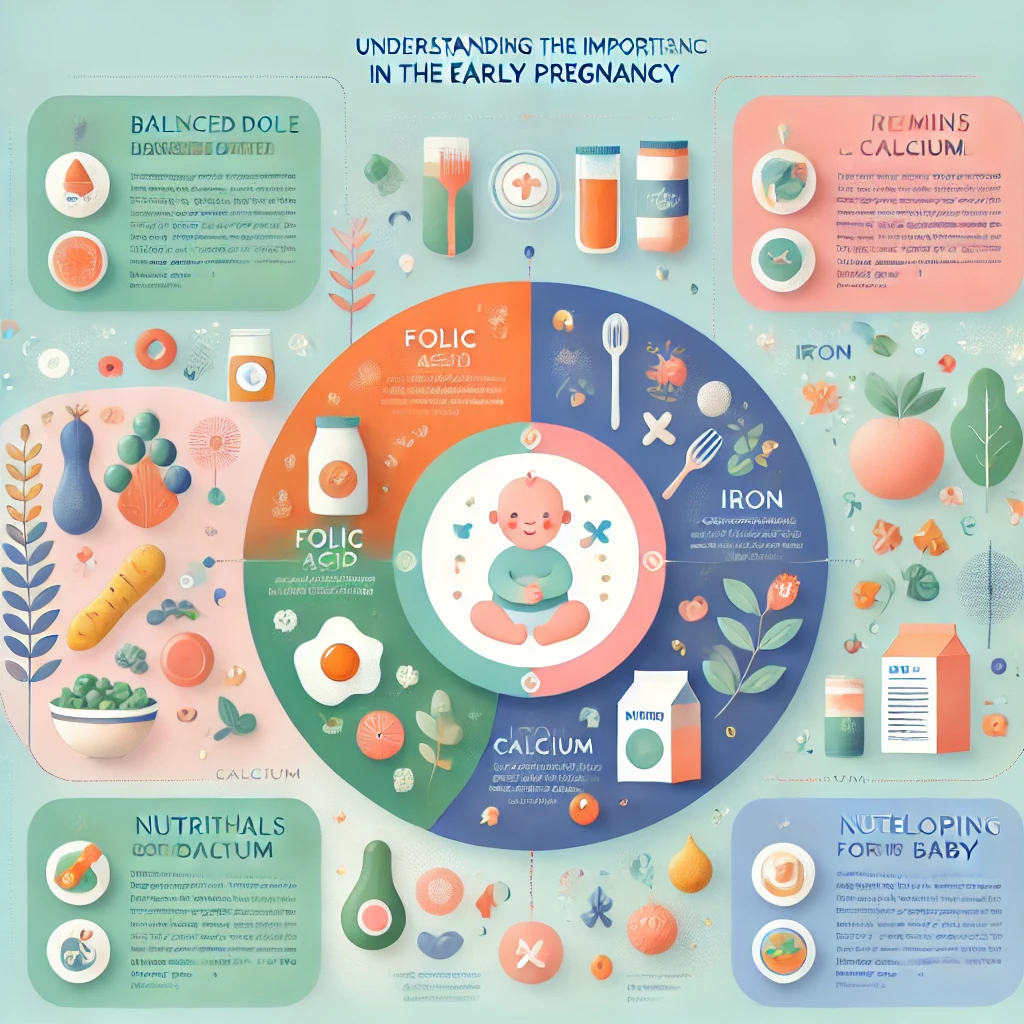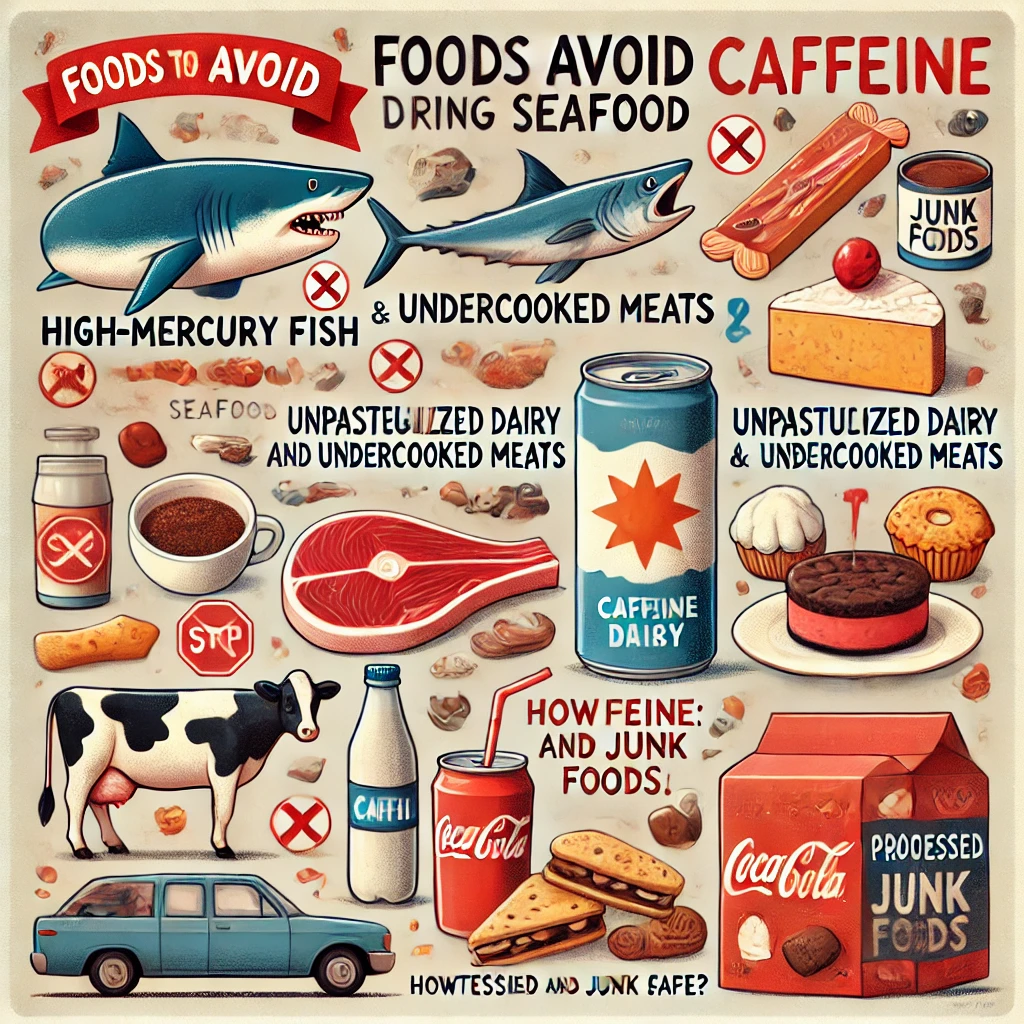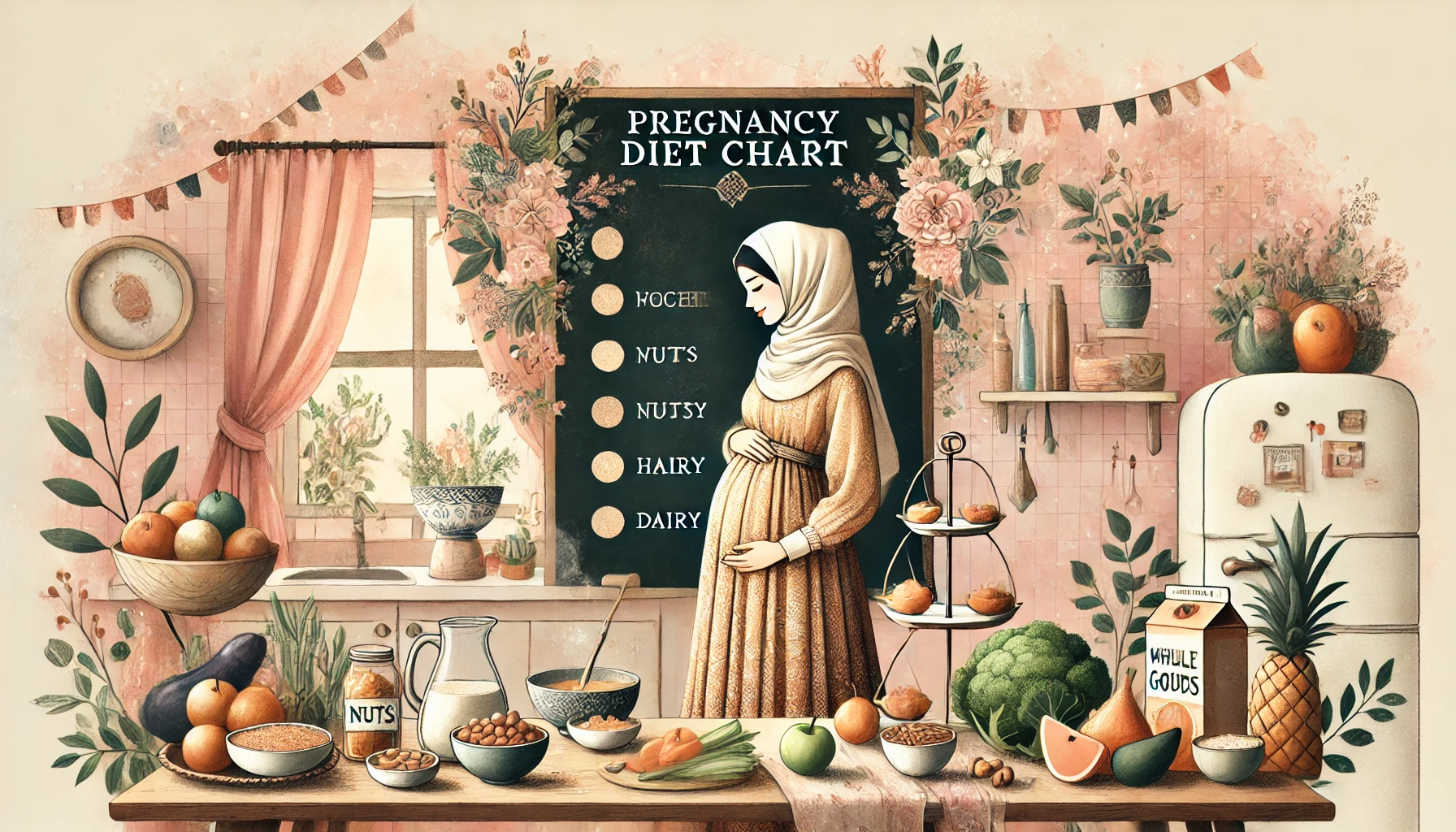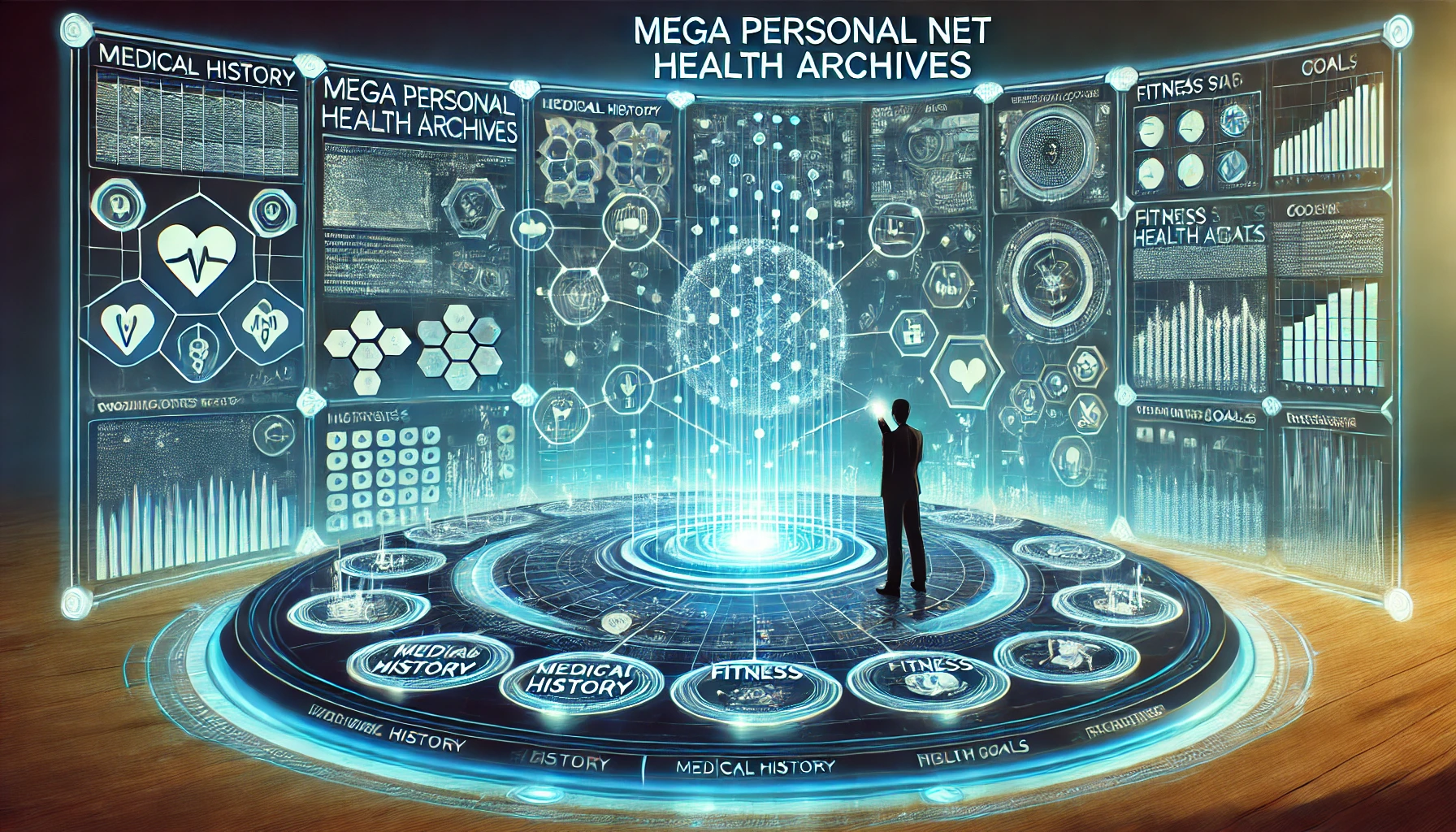Pregnancy is a beautiful yet demanding time in a woman’s life, requiring careful attention to diet and nutrition. A healthy pregnancy diet is essential not only for the mother’s well-being but also for the baby’s growth and development. In this guide, we’ll provide expert insights on the essential nutrients and foods that should be part of a pregnancy diet chart, including helpful tips and recommendations for each trimester.
Introduction: Why a Pregnancy Diet is Essential
During pregnancy, a woman’s body undergoes several significant changes. Proper nutrition plays a crucial role in ensuring the health of both mother and child. It can affect everything from energy levels and mood to fetal development and the prevention of pregnancy-related complications.
Following a well-balanced pregnancy diet chart is crucial for a variety of reasons:
- Fetal development: A good diet supports the baby’s organs, bones, and brain development.
- Maternal health: Proper nutrition ensures the mother has the energy she needs, reduces the risk of complications like gestational diabetes or hypertension, and aids in postpartum recovery.
- Preventing deficiencies: Ensuring you get enough vitamins, minerals, and macronutrients like protein, carbohydrates, and healthy fats is essential for optimal health.
Now, let’s take a deeper dive into what a pregnancy diet chart should look like, and how to make nutritious choices during this important time.
Pregnancy Diet Chart: Key Nutrients and Foods for Each Trimester

First Trimester: Building the Foundation
The first trimester is a critical period where the baby’s organs, spinal cord, and heart begin to develop. The mother may also experience symptoms like nausea or fatigue, so proper nutrition can help ease these discomforts and support the early stages of pregnancy.
Key Nutrients to Focus on:
- Folic Acid: Essential for preventing neural tube defects and ensuring healthy brain development. Aim for at least 400-800 mcg daily. Sources: leafy greens, fortified cereals, legumes, and citrus fruits.
- Protein: Necessary for the growth of cells and tissues. Sources: lean meats, eggs, dairy, beans, and nuts.
- Vitamin D: Supports bone health for both the mother and the baby. Sources: fortified dairy, sunlight, and fatty fish.
Sample Pregnancy Diet Chart (First Trimester):
- Breakfast: Whole grain cereal with milk, a boiled egg, and orange juice.
- Mid-morning Snack: Greek yogurt with chia seeds and fresh berries.
- Lunch: Quinoa salad with chickpeas, spinach, and a light vinaigrette.
- Afternoon Snack: A handful of almonds or a banana with peanut butter.
- Dinner: Grilled chicken with steamed broccoli, sweet potatoes, and brown rice.
Second Trimester: Growth and Development
During the second trimester, the baby grows rapidly, and the mother’s energy requirements increase. This is a great time to focus on foods that support both growth and sustained energy.
Key Nutrients to Focus on:
- Iron: Vital for preventing anemia and ensuring oxygen supply to both mother and baby. Sources: lean red meat, beans, spinach, fortified cereals.
- Calcium: Supports the development of the baby’s bones and teeth. Sources: dairy products, fortified plant milks, leafy greens, tofu.
- Omega-3 Fatty Acids: Important for brain development. Sources: fatty fish like salmon, walnuts, and flaxseeds.
Sample Pregnancy Diet Chart (Second Trimester):
- Breakfast: Oatmeal topped with walnuts, chia seeds, and sliced banana.
- Mid-morning Snack: A boiled egg and a small handful of almonds.
- Lunch: Lentil and vegetable stew with a side of whole-wheat bread.
- Afternoon Snack: Sliced apple with peanut butter.
- Dinner: Salmon fillet with quinoa, roasted vegetables (like carrots and zucchini), and a side of kale salad.
Third Trimester: Preparing for Labor
In the final trimester, the baby is growing in size and preparing for birth. The mother may need to adjust her diet to support the additional weight gain and energy needed for labor.
Key Nutrients to Focus on:
- Vitamin K: Important for the baby’s bone health and blood clotting. Sources: leafy greens, broccoli, and Brussels sprouts.
- Magnesium: Helps to prevent leg cramps and promotes good sleep. Sources: nuts, seeds, and leafy green vegetables.
- Water: Staying hydrated is crucial to maintain amniotic fluid levels and prevent dehydration.
Sample Pregnancy Diet Chart (Third Trimester):
- Breakfast: Scrambled eggs with spinach and avocado on whole grain toast.
- Mid-morning Snack: A small smoothie with yogurt, berries, and flaxseed.
- Lunch: Chicken and vegetable stir-fry with brown rice.
- Afternoon Snack: A handful of trail mix with nuts and dried fruit.
- Dinner: Grilled shrimp with quinoa, steamed asparagus, and a side of mixed greens salad.
Healthy Pregnancy Diet Tips: What to Avoid

While it’s important to focus on what you should eat, it’s equally important to be mindful of what to avoid during pregnancy:
- Unpasteurized dairy and juices: These can contain harmful bacteria like Listeria, which can pose risks to the baby.
- Certain fish: Avoid high-mercury fish like shark, swordfish, and king mackerel. Opt for low-mercury fish like salmon or tilapia.
- Raw or undercooked meats: These may contain harmful bacteria or parasites that could harm both mother and baby.
- Caffeine and alcohol: High caffeine intake and alcohol can negatively impact fetal development, so it’s best to avoid them entirely.
Supplements to Consider During Pregnancy
Even with a balanced diet, certain supplements may be necessary during pregnancy:
- Prenatal vitamins: These are designed specifically to support pregnancy, containing folic acid, iron, calcium, and other essential nutrients.
- Iron supplements: If a blood test reveals that you are anemic, iron supplementation may be recommended.
- Vitamin D: For women who have low levels, vitamin D supplements can help support bone health.
Conclusion: A Balanced Diet for a Healthy Pregnancy
In summary, maintaining a pregnancy diet chart that includes a wide variety of nutrients will help both the mother and the baby thrive during pregnancy. From the early stages of fetal development to the final weeks before birth, eating a balanced diet rich in protein, vitamins, and minerals is essential for a healthy pregnancy. Don’t forget to stay hydrated, avoid harmful foods, and consult with your healthcare provider for personalized recommendations. A little planning can go a long way in ensuring both your health and the health of your baby.
FAQs About Pregnancy Diet Chart
What foods should I eat during pregnancy for better health? Focus on nutrient-rich foods like leafy greens, whole grains, lean proteins, dairy, and healthy fats. Ensure you are getting plenty of vitamins and minerals such as folic acid, iron, calcium, and omega-3 fatty acids.
Can I follow a vegetarian pregnancy diet? Yes! A vegetarian diet can provide all the nutrients needed during pregnancy. Ensure you get enough protein, iron, calcium, and B12 from plant-based sources like legumes, tofu, nuts, and fortified cereals.
How much water should I drink during pregnancy? Pregnant women should aim for around 8-10 cups of water per day, or more if they’re exercising or in a hot climate. Staying hydrated is crucial for amniotic fluid levels and overall health.
Is it safe to take prenatal vitamins during pregnancy? Yes, prenatal vitamins are specifically formulated to meet the nutritional needs of pregnant women and are safe to take. Be sure to follow your healthcare provider’s recommendations.
What are some foods to avoid during pregnancy? Avoid unpasteurized dairy products, certain high-mercury fish, undercooked meats, and caffeine or alcohol. Always check labels and ensure food is thoroughly cooked.
Can I have occasional treats during pregnancy? It’s fine to indulge in moderation, but focus on a nutrient-dense diet overall. Treats should be an occasional addition, not a regular part of your diet.



